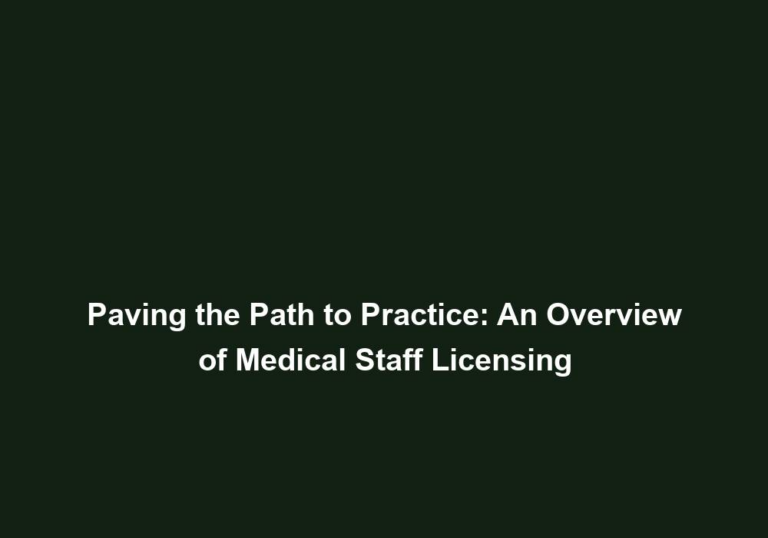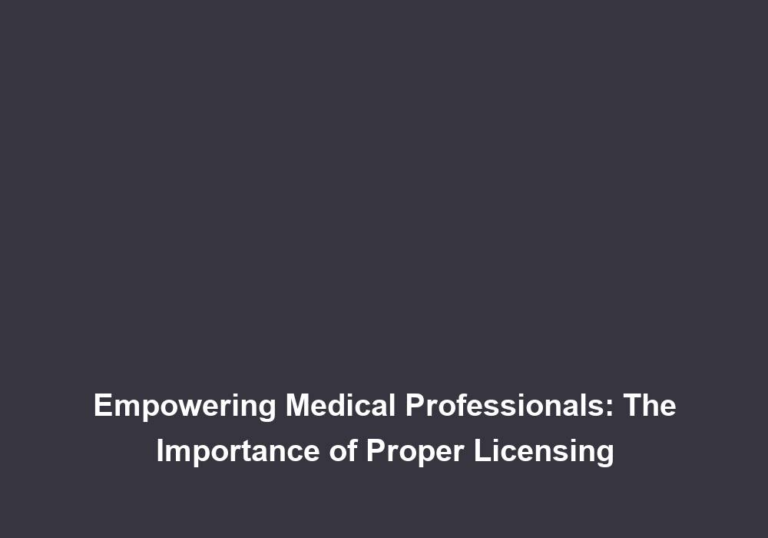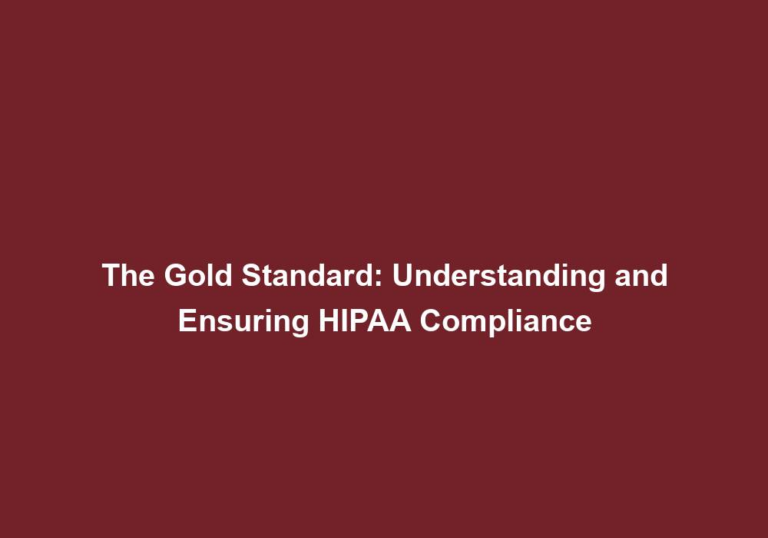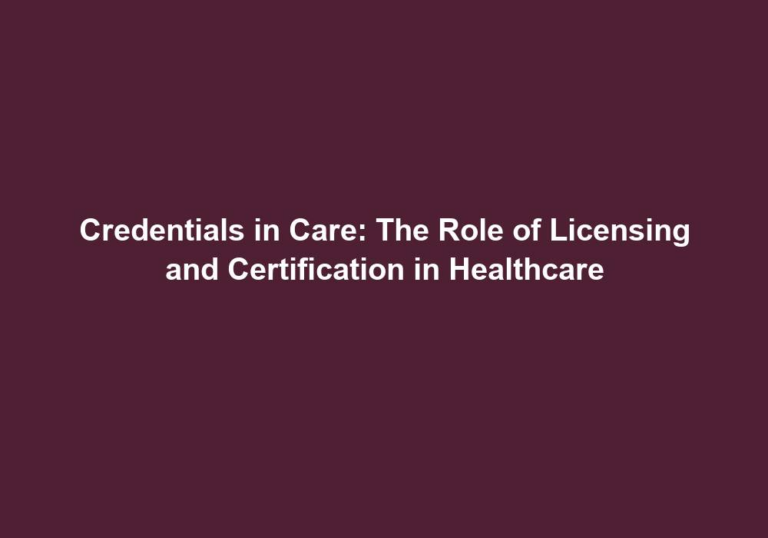Navigating the Legal Minefield: An Introduction to Medical Malpractice and Liabilities
Medical malpractice is a complex and intricate field of law that requires a thorough understanding of both medical and legal principles. As a healthcare professional, it is essential to be aware of the potential legal risks and liabilities that come with providing medical care. In this article, we will explore the basics of medical malpractice, including its definition, common types of malpractice claims, and the legal implications for healthcare providers.
What is Medical Malpractice?
Medical malpractice refers to professional negligence by a healthcare provider that leads to harm or injury to a patient. It occurs when a healthcare professional deviates from the standard of care expected in their field, resulting in harm or injury to the patient. Such negligence can occur in various healthcare settings, including hospitals, clinics, nursing homes, and even during surgical procedures.
To fully understand medical malpractice, it is important to recognize its key elements and how they contribute to a valid claim. These elements include:
-
Duty of Care: The healthcare provider must have owed a duty of care to the patient. This duty is established when a doctor-patient relationship is formed, or when a healthcare provider agrees to provide medical treatment to a patient. This duty means that the healthcare provider has a legal obligation to provide competent and appropriate medical care.
-
Breach of Duty: To establish a medical malpractice claim, it must be proven that the healthcare provider breached the standard of care expected in their field. This means that their actions or lack of actions deviated from what a reasonably skilled and competent healthcare provider would have done in similar circumstances. It is crucial to demonstrate how the provider’s actions fell short of the accepted standards.
-
Causation: A strong medical malpractice claim requires showing that the breach of duty was the direct cause of the patient’s harm or injury. It should be demonstrated that the patient’s condition worsened or that the harm suffered was a direct result of the healthcare provider’s negligence. This element links the provider’s actions to the patient’s specific harm.
-
Damages: Finally, the patient must have suffered actual harm or injury as a result of the healthcare provider’s negligence. These damages can include physical pain, emotional distress, medical expenses, loss of wages, and other related losses. It is important to document and quantify the damages to support the claim for compensation.
Common Types of Medical Malpractice Cases
Medical malpractice claims can arise from a wide range of situations. Understanding the common types of cases can help healthcare professionals recognize potential areas of risk and take appropriate measures to prevent malpractice. Some of the most common types of medical malpractice cases include:
-
Misdiagnosis or Delayed Diagnosis: When a healthcare provider fails to diagnose a medical condition correctly or in a timely manner, resulting in harm or injury to the patient. This can lead to delayed treatment or the wrong treatment, causing the patient’s condition to worsen.
-
Surgical Errors: Mistakes made during surgical procedures, such as operating on the wrong body part, leaving surgical instruments inside the patient, or causing damage to surrounding tissues or organs. These errors can have severe consequences and may require additional surgeries to correct.
-
Medication Errors: Administering incorrect dosages of medication, prescribing the wrong medication, or failing to identify potential drug interactions can lead to harm or injury. It is crucial for healthcare providers to exercise caution when prescribing and administering medications.
-
Birth Injuries: Injuries sustained by newborns during the birthing process, often caused by medical negligence or improper use of medical instruments. These injuries can have lifelong consequences for the child and may result in long-term medical care and expenses.
-
Anesthesia Errors: Errors made during the administration of anesthesia, such as failing to monitor the patient’s vital signs or providing an incorrect dosage, resulting in harm or injury. Anesthesia errors can have serious implications for patient safety and require careful attention and expertise.
It is important for healthcare providers to be aware of these common types of medical malpractice cases and take steps to prevent them. By understanding the specific risks associated with each type of case, providers can implement strategies to minimize the likelihood of errors and improve patient safety.
Legal Implications for Healthcare Providers
Medical malpractice claims can have severe legal and financial consequences for healthcare providers. Understanding the potential implications can help providers take proactive measures to protect themselves and their practice. Some of the legal implications for healthcare providers include:
-
Lawsuits and Legal Proceedings: When a patient files a medical malpractice claim, the healthcare provider may face a lawsuit. This can involve extensive legal proceedings, including discovery, depositions, expert testimony, and potentially a trial. Providers must be prepared to defend their actions and demonstrate that they met the standard of care.
-
Financial Liability: If found liable for medical malpractice, healthcare providers may be required to compensate the injured patient for their damages. This can include payment for medical bills, lost wages, pain and suffering, and other related costs. It is crucial for providers to have appropriate insurance coverage to mitigate the financial impact of potential claims.
-
Damage to Reputation: Medical malpractice claims can damage a healthcare provider’s professional reputation and standing within the medical community. Negative publicity and loss of trust from patients and colleagues can have long-term implications for a provider’s career prospects. Maintaining a strong reputation through ethical and high-quality care is essential.
-
Regulatory Consequences: In some cases, healthcare providers may face disciplinary action from state medical boards or licensing authorities. This can result in the suspension or revocation of their medical license, effectively ending their ability to practice medicine. Providers must adhere to professional standards and guidelines to avoid regulatory complications.
Preventing Medical Malpractice
Preventing medical malpractice requires a proactive approach to patient care and risk management. Healthcare providers can take several measures to minimize the risk of malpractice claims and ensure the delivery of high-quality care. Some preventive strategies include:
-
Adhering to Standard of Care: Healthcare providers should always strive to provide care that aligns with the accepted standard of care within their field. Staying up-to-date with the latest medical advancements and guidelines is crucial. Continuing education and professional development can help providers maintain competency and stay informed about best practices.
-
Maintaining Open Communication: Effective communication with patients is vital to ensure they understand their diagnosis, treatment options, potential risks, and expected outcomes. Encouraging patients to ask questions and addressing their concerns can help prevent misunderstandings and potential lawsuits. Clear and thorough documentation of all interactions is also essential.
-
Implementing Error Reporting Systems: Establishing systems for reporting and analyzing errors or near misses can help identify areas of improvement within the healthcare facility. Learning from mistakes can lead to better patient care and reduce the risk of future malpractice claims. Creating a culture of accountability and continuous improvement is essential.
-
Obtaining Professional Liability Insurance: Healthcare providers should consider obtaining professional liability insurance to protect themselves in the event of a malpractice claim. Insurance coverage can help cover legal expenses, damages, and other related costs. Providers should carefully review their insurance policies to ensure adequate coverage and understand the terms and conditions.
In conclusion, navigating the legal minefield of medical malpractice requires a comprehensive understanding of the law and its implications for healthcare providers. By being aware of the elements of a medical malpractice claim, common types of cases, and the preventative measures that can be taken, healthcare professionals can strive to provide the highest standard of care while minimizing the risk of legal liability.
Note: This article has been written in markdown format for readability purposes.







